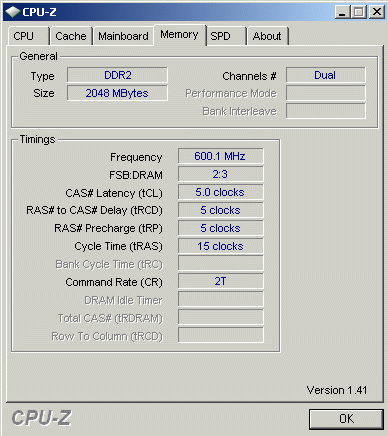Index
Page 3 of 7
BIOS:
DFI uses a Phoenix-Award BIOS with tons of options to set. It would take 20 pages to explain it in detail, but you will find a lot of useful information about DFI-BIOS settings at DFI-Club.
We have set Enhance Data transmitting and Enhance Addressing to "fast." You can set all the timings for any bank and cycle timings as well; we used only "more aggressive" where applicable and let all other settings stay "auto," as these are the most stable settings for 800MHz modules.
Memory timings are set with FSB-strap (200, 266, 333MHz) and memory frequency. The BIOS is nice and calculates the absolute frequency for you. The strap is important for any other timings; most notably, the "performance level" 333Mhz strap is safer, but slower, than 266MHz strap. If you own OC modules, the 266MHz FSB strap is usable up to 400MHz.
We have to state that we always do recalculate the bench results to nominal frequencies. Most vendors do an overclock of their products, maybe to get more bench points, but we nullify such attempts. The DFI LANparty UT P35-T2R is mostly underclocked or right on target:
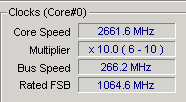
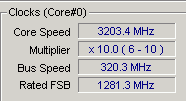
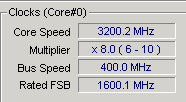
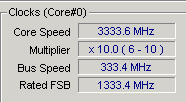
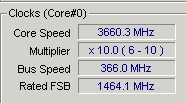
Overclock:
We did not expect to get a BIOS-screen with 500MHz FSB with our old CPU but DFI managed, which is incredible. Our CPU was stable with 489MHz. More surprisingly, we could squeeze out ~3752MHz. This is higher than any other board we tested so far.
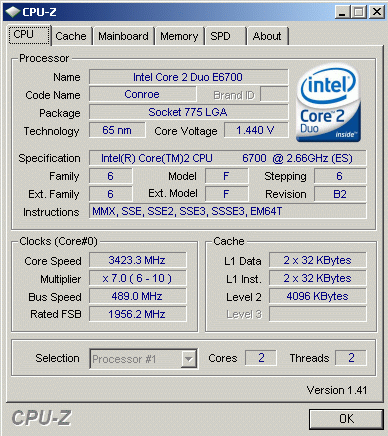
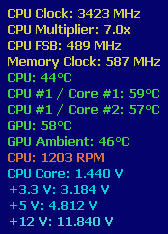
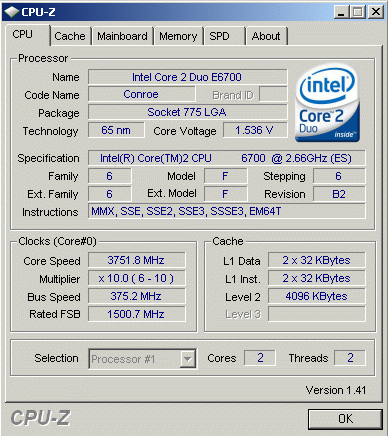
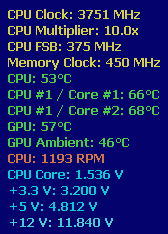
Of course, the board is also suited to set your memory up to sky-high frequencies, but you need to carefully set memory timings to get there.
